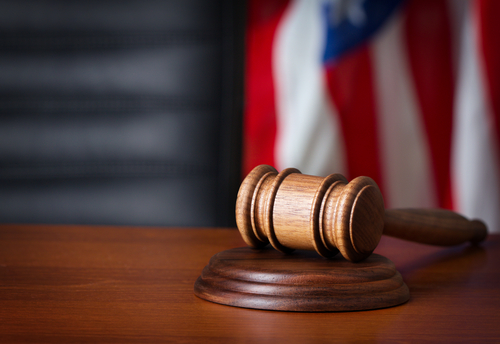Last June, the United States Supreme Court held in Students for Fair Admissions, Inc. v. President & Fellows of Harvard Coll that affirmative action policies at universities violate the Constitution’s Equal Protection Clause and Title VI of the Civil Rights Act of 1964. While the ruling does not apply to employers overall, the rationale and language from the opinion may suggest the Court’s willingness to limit employers’ ability to enact certain diversity, equity, and inclusion (DEI) policies in the workplace in the future. Some employers may see this as a warning sign to cast aside DEI efforts altogether. Instead, however, employers should review DEI policies to ensure they are following guidance from the U.S. Department of Labor and the Equal Employment Opportunity Commission (EEOC).
A Deeper Dive into the Landmark Decision
A group of students contested the constitutionality of affirmative action policies at Harvard College and the University of North Carolina, which considered applicants’ race in the admissions process. In a 6-2 decision, the Court held that affirmative action in college admissions is unconstitutional and violates the Constitution’s Equal Protection Clause (which applies to public institutions) and Title VI of the Civil Rights Act (which applies to private institutions receiving federal funds).
Chief Justice John Roberts, speaking for the majority, wrote that while affirmative action policies are “commendable” in the goals they seek to achieve, “racial classifications are simply too pernicious to permit.” He also noted that the “time for making distinctions based on race had passed.”
Justice Neil Gorsuch, in his concurring opinion, hinted at the potential illegality of race-based policies under Title VII, which bars employers from engaging in racial discrimination. He also noted that both Title VI and Title VII establish a clear principle of individual equality irrespective of race. This language may imply that the court’s reasoning could extend to Title VII.
Reactions from the EEOC and Attorney Generals
Following the announcement of the decision, EEOC Chair Charlotte Burrows issued a statement in which she appeared to criticize the court’s decision and wrote that the ruling did not address employers’ efforts to “foster diverse and inclusive workforces” and that “it remains lawful for employers to implement diversity, equity, inclusion and accessibility programs that seek to ensure workers of all backgrounds are afforded equal opportunity in the workplace.”
However, mere weeks after the Court’s decision, 13 Republican attorneys general jointly addressed CEOs of Fortune 100 companies, urging them to promptly discontinue any unlawful adoption of race-based quotas or preferences in their employment and contracting practices. In response, the Chairs of the Democratic Attorneys General Association issued a letter of their own, writing that “to be clear: it is legal for businesses to be responsive to their workforce’s wishes and concerns through diversity programs and initiatives.” The letter did not address Title VII or 42 U.S.C. § 1981.
Employers’ Strategies to Navigate the Uncertain DEI Path Forward
Although the court’s ruling is specific to colleges and universities, its underlying reasoning potentially pertains to Title VII, which applies to employers. This suggests that employers may face heightened scrutiny regarding the implementation of race-conscious policies in their hiring and promotion practices. As legal interpretations of this decision continue to evolve, employers must remain vigilant in ensuring that their DEI efforts align with legal standards while also promoting fairness and equality in the workplace.
Moving forward, employers do not need to cease their DEI initiatives, but should act cautiously. Prudent steps include a thorough review of:
Employers may consider implementing policies that embrace a broader perspective of diversity, encompassing various categories beyond race. For example, policies that appear to be consistent with the Supreme Court’s ruling might include:
- Socioeconomic background, gender, disability and other similar identities.
- Inclusivity across different age groups.
- Neurodiversity status to support individuals with neurological differences such as autism spectrum disorder or attention deficit hyperactivity disorder.
Following the Court’s decision in Students for Fair Admissions, employers have quite a bit of uncertain terrain to navigate. For many employers, it is likely that effectively managing and adhering to these potential legal frameworks while simultaneously sustaining the momentum and progress of their DEI initiatives remains a priority. By continuously evaluating and refining DEI policies in alignment with evolving legal frameworks, employers can work to uphold their commitment to an inclusive workplace while mitigating legal risks.
Chase Hattaway, a partner in the RumbergerKirk Orlando office, has a diverse civil litigation practice with focus on employment and labor, education, and casualty litigation. He can be reached at chattaway@rumberger.com.

